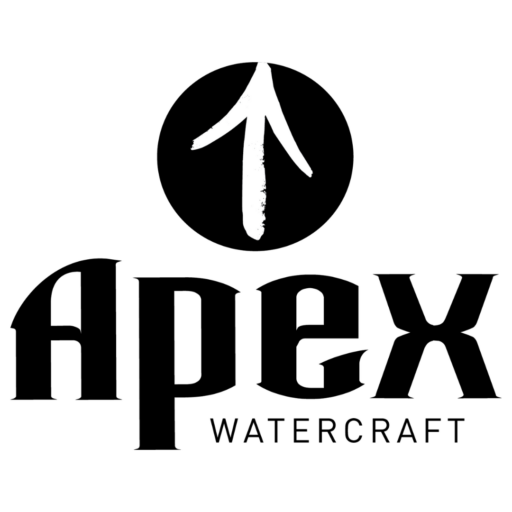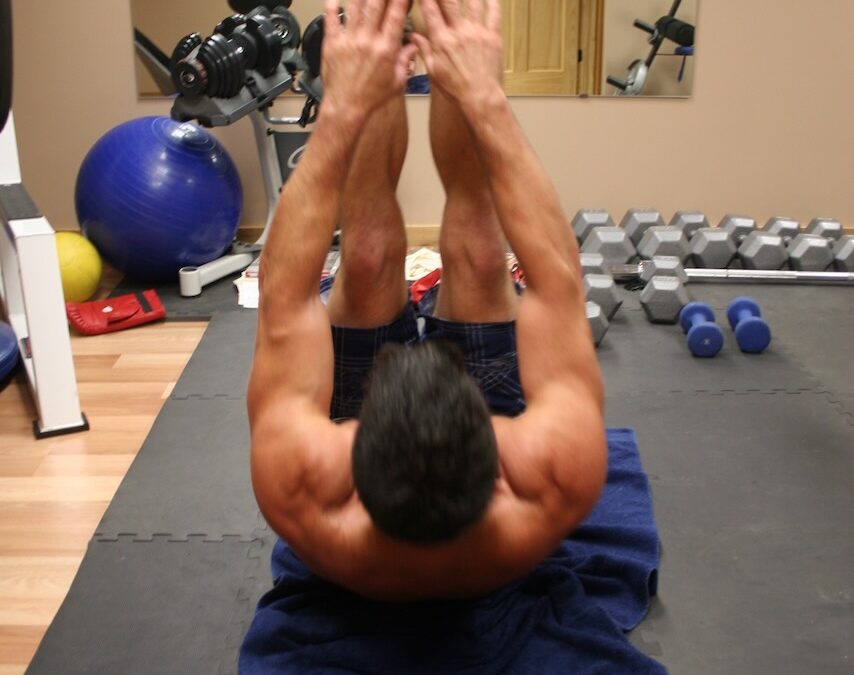Anyone who takes the winter off from paddling knows that getting going in the Spring again can be a challenge. The older you are the more likely you are to let the winter go by without doing what you can to make the transition back to paddling easy.
I am going to give you a laundry list of the negative surprises paddlers find in the Spring, and how to not only prevent them, but to turn your winter into a positive.
Let’s start with the physical. (If you are taking my clinics in March, April, or May, please read and take them seriously for the best results!)
Shoulders: Most people have some kind of shoulder issues and most of them can be traced back to shoulder instability caused from a single or multiple hard stresses that were then left to “heal”. Upon healing they were never quite the same and sleeping on them causes pain, and rolling, and other motions can cause pain. 90% of those people will say they have a torn rotator cuff, labrum, or other torn tendon, such as the long head of the bicep. While you may be right in some ways, if you didn’t hurt it in the past few weeks, your issues are residual and can most likely be fixed with certain simple exercises and you can feel 100% or close to it. Let’s start with that.
Shoulders are not only held in by the rotator cuff tendons, but also the big muscles and tendons that are packed over top of them. Physical therapists are notorious for suggesting that you can fix your shoulder instability with rotator cuff exercises like the “PNFs”, etc.. I have been through this numerous times and watched countless paddlers face this same approach unsuccessfully and was lucky enough to get some expert advise that worked like a charm for me (and still does) and for many others.
So- if you have any concerns about your shoulders staying put where they belong during paddling, I highly recommend this protocol starting ASAP and continuing throughout your life.
- do your PNFs and a few other “small muscle group” exercises as a warm-up and rotator cuff therapy. I do mine with 12 pound dumbells, but you can also use rubber bands, or other weights. they go like this for me and take about 2 minutes.
- 10 straight arm lifts, thumbs up in front of you
- 10 straight arm lifts, knuckles up, to your sides
- 10 Sword pulls each arm, drawing your dumbell like a sword from a sheath and into a sword over head like a “charge” motion.
- 10 Overhead presses
- 10 curls
- 10 bent over reverse flys.
- Bench Press or push-ups- tighten muscles and hold shoulders tight in socket with your own muscles- it shouldn’t hurt if you do it right. If it still hurts, don’t go down as far, and go down slower.
- I do 100 push-ups/day, and do bench if lifting weights (3 times/week)
- Chin-ups/lat-pull downs- Not everyone can do pull-ups or chin-ups- but everyone can with practice- if you can’t do any, or barely, then do lat pull downs with a machine, if you don’t have access to that, do bent over rows.
- I recommend alternating between normal pull-up grip and then reverse for “chin-up” grip. Work towards going ALL of the way down to fully extended arms. If it hurts your shoulders start with less range of motion. I tend to only do 2 sets of 10 chin-ups per session, but it is enough to keep my shoulders in place and happy.
- Dips- another exercise that only fairly athletic people can do in the traditional sense, but it can be tweaked by putting your legs on a table or something to reduce your weight, or to use your legs to help you get up. Again- down slow and hold shoulders tight, and back up without it hurting. If it does hurt, you are putting too much weight on your arms, or not holding your shoulder tight. Everyone can find the amount of force they can use, the range of motion their shoulders will handle, and the active tightening of their shoulders to hold things in place. I can elaborate in a video or something if needed.
OK- those three exercises are critical for your shoulders. If I, for example, go more than 30 days without doing them, I struggle to sleep, and even the shoulder not being slept on starts to hurt. I have never had surgery, and don’t need it, as long as I stay fit. You may not be able to do either chin-ups or dips- you CAN do that motion and take weight off of yourself with your legs and make it work, and eventually you CAN do both. Under any condition these three exercises will make your shoulders rough and ready for kayaking. Your confidence in your shoulders being strong and safe are directly proportional to how much you know they are trained up and feel strong and secure.
Core-. Any ab and lower back exercises are recommended during the winter. Paddling. puts them to the test and getting tight, uncomfortable, or tired while on the river puts seeds of doubt in your mind. Do at least one good set of Abs 3 times/week.
Here is a video I made in 2003.
Body Weight- If you are happy with where you are at, keep it there. If you are carrying extra weight, then yes, you’ll paddle better, feel better, and it will be easier if you lose weight. Boats are less stable as you increase the weight in them. Winter is both a great time to get fit, lose weight, etc., but it is also a time that many people go the wrong direction. Set a goal for spring paddling that you are excited about and package the physical preparation of your shoulders and abs with a weight correction period, if needed, by adding in cardio and less eating/drinking. An athlete can run up the same hill with their kayak that somebody who doesn’t take the time to take the pounds off and put the cardio in struggles to walk up and adding a kayak it becomes a real chore. You don’t have to be super fit to paddle, which is, in part what make the sport so awesome. However, for increased confidence that comes from real and perceived performance, eliminating unnecessary challenges is always a plus.
Rolling and Bracing- as you know already- confidence in your roll is a must and lack of confidence in your roll is a tough place to be when paddling. Winter is time for the swimming pool or other location where you can practice. Don’t take the winter off!! Don’t just go to the pool, but set a goal to learn something new, like an offside roll, back deck roll, hand roll, etc.. Learn the intuitive roll and get really confident. Also practice your bracing and “paddle dexterity” exercises. My videos will help with these. Rolling into spring after pool sessions is a big confidence booster!
Watch instructional videos, talk to good boaters, and make plans you are excited about for spring. All of these things help you prepare.
Finally- get your equipment ready. Get a new boat, outfit your boats carefully and get them just right. Try a longer paddle, get your safety gear sorted out. Be packed and ready for spring and know where everything is.
Finally- spring arrives! Now- don’t do your hardest run first! Get some warm-up runs in. Practice harder moves on easier water first where you are not stressed, and then bump up the difficulty.

I hope this helps!
🙂
Ej

